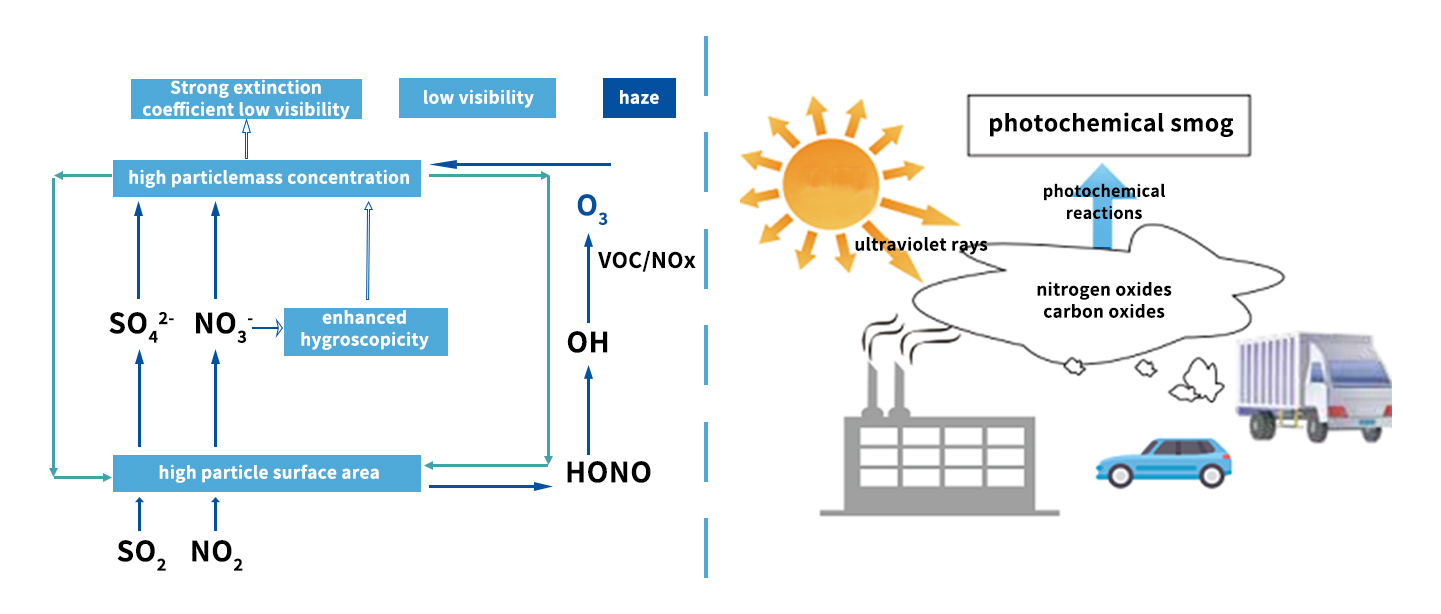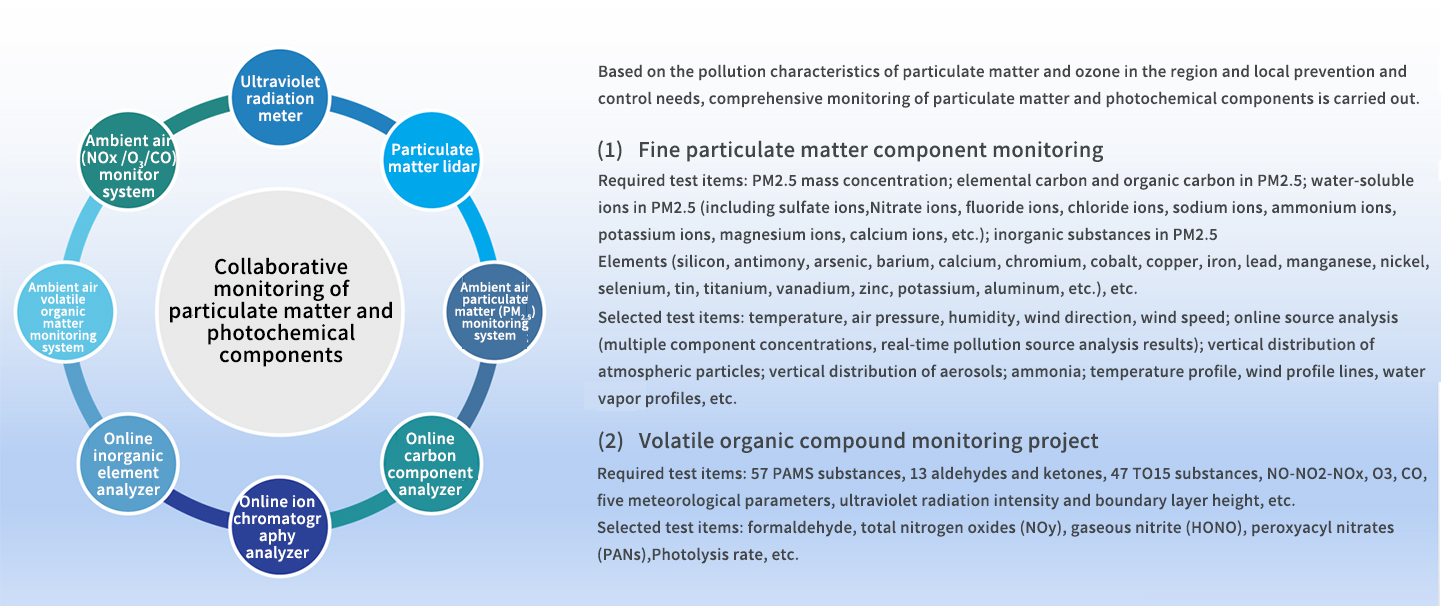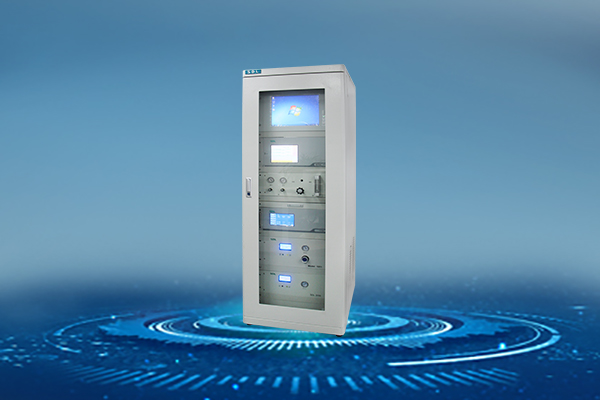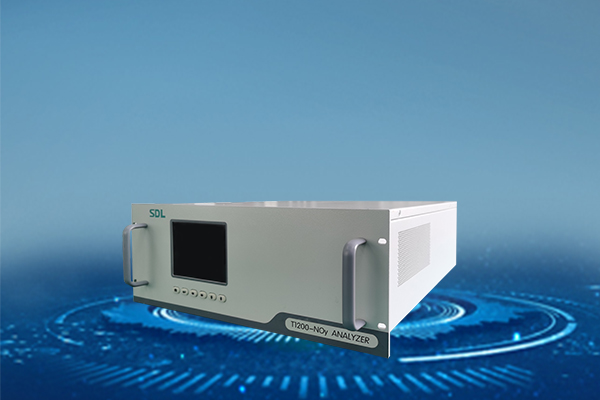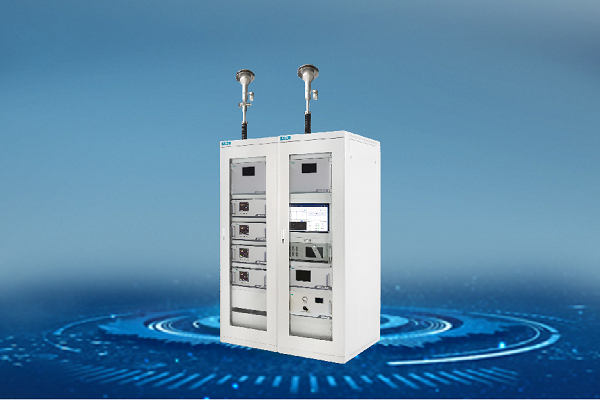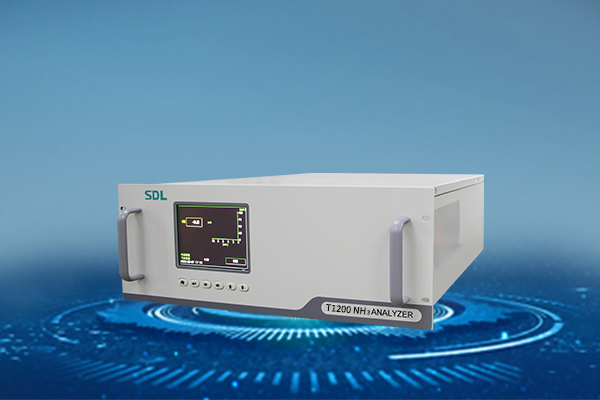Hello, welcome to the official website of Beijing SDL Technology Co., Ltd.

Stock code
002658
- Home
- Solution

- Pollution source industry solution

- Improvement of atmospheric environment quality solutions

- Improvement of water environmental quality solutions

- Smart Environmental Solution

- Comprehensive solution for industrial parks

- Industrial process analysis industry solution

- Process gas analysis solutions for the petrochemical and chemical industries
- Process gas analysis solutions for the cement and building materials industry
- Process gas analysis solutions for the steel and metallurgical industry
- Process gas analysis solutions for air separation special gas industry
- Process gas analysis solutions for the semiconductor industry
- Hydrogen energy new clean energy gas analysis solution
- Pollution source industry solution
- Product

- Pollution source emission monitoring

- Ultra-low emission continuous monitoring series

- SCS-900/900C-Infrared flue gas continuous monitoring system
- SCS-900UV/NU-UV smoke continuous monitoring system
- SCS-900X-Dilution method flue gas continuous monitoring system
- MODEL 2030-In-situ laser backscattering dust meter
- SCS-900CPM-Extractive laser forward scattering dust meter
- MODEL 2010 -Temperature, pressure and flow integrated measuring instrument
- PT2000 -Matrix flow meter
- SCS-900LS -Laser gas analyzer
- CQCS-1000 -Smoke online monitoring remote quality control system
- VOCs emission continuous monitoring series

- Waste incineration emission continuous monitoring series

- Heavy metal continuous monitoring series

- Carbon emissions monitoring

- Ultra-low emission continuous monitoring series
- Ambient air quality monitoring

- Ambient air standard station series

- AQMS-900-Ambient air quality continuous automatic monitoring system
- AQMS-900S -Small ambient air quality continuous monitoring system
- AQMS-900HM -Automatic monitoring system for atmospheric inorganic elements
- AQMS-900C-PM₂.₅-Particulate matter monitor
- AQMS-900C-PM ₁₀-Particulate matter monitor
- T1100-UV fluorescence sulfur dioxide analyzer
- T1100-H₂S-UV fluorescence hydrogen sulfide analyzer
- T1200-Chemiluminescence nitrogen oxide analyzer
- T1200-NH₃-Chemiluminescence ammonia analyzer
- T1200-NOy- NOy analyzer
- T1300 -Gas Filter Correlated Infrared Absorption Carbon Monoxide Analyzer
- T1400-UV absorption ozone analyzer
- T1700-dynamic calibrator
- M1001-Zero air generator
- SDL1006-Standard particle generator
- Ambient air grid monitoring series

- AQMS-900C-PM₂.₅-Ambient air particulate matter PM₂.₅ continuous automatic monitoring system
- AQMS-900C-PM₁₀-Ambient air particulate matter PM₁₀continuous automatic monitoring system
- AQMS-1100-Micro ambient air quality monitoring system
- MODEL 2130 -Dust online monitoring system
- AQMS-1100 OU-Odor automatic monitoring system
- Ambient air VOCs monitoring series

- AQMS-900VI/VII-Ambient air non-methane total hydrocarbon online monitoring system
- AQMS-900VCM -Ambient air volatile organic compound continuous monitoring system
- AQMS-900VC-Ambient air VOCs online monitoring system
- AQMS-900VF -Ambient air formaldehyde continuous automatic monitoring system
- PTR-TOF-Proton Transfer Reaction Time of Flight Mass Spectrometer
- Ambient air greenhouse gas monitoring series

- Ambient air standard station series
- Water environment monitoring

- Surface water automatic monitoring station series

- WQMS-900-Fixed automatic water quality monitoring system
- WQMS-900E -Simple automatic water quality monitoring system
- WQMS-900S -Small automatic water quality monitoring system
- WQMS-900F-Buoy-type water quality automatic monitoring system
- WCS-900W -Water quality mobile monitoring system
- MODEL 9811 -Permanganate index water quality online automatic monitor
- MODEL 9880 -Water quality biological comprehensive toxicity online monitor
- MODEL 9001 -Chlorophyll a water quality online automatic monitor
- MODEL 9002 -Algae density and water quality online automatic monitor
- MODEL 2000-Five-parameter water quality online automatic monitor
- MODEL 9870 -Water quality automatic sampler
- Pollution source water quality automatic monitoring station series

- MODEL 9810 -Chemical oxygen demand (CODcr) water quality online automatic monitor
- MODEL 9820 -Ammonia nitrogen water quality online automatic monitor
- MODEL 9840 -Total phosphorus water quality online automatic monitor
- MODEL 9850 -Total nitrogen water quality online automatic monitor
- MODEL 2000-pH -Water quality online automatic monitor
- WWMS-900-Pollution source water quality online monitoring system
- Water quality characteristic factor online analyzer series

- MODEL 9830 -Water quality heavy metal online automatic monitor
- MODEL 9851-Nitrate nitrogen water quality online automatic monitor
- MODEL 9852 -Nitrite nitrogen water quality online automatic monitor
- MODEL 9830-F -Fluoride water quality online automatic monitor
- MODEL 9830-S -Sulfide water quality online automatic monitor
- MODEL 9860 -Cyanide water quality online automatic monitor
- MODEL 9032 -TOC water quality online automatic monitor
- MODEL 9830-phen -Volatile phenol water quality online automatic monitor
- Surface water automatic monitoring station series
- Environmental protection emergency traceability monitoring

- Smart Park Software Platform

- Smart environmental protection software platform

- Air pollution prevention and control decision support platfor
- Water pollution prevention and control decision support platform
- Urban Environmental Emergency Command and Management Platform
- Intelligent environment comprehensive monitoring platform
- District and County Smart Environmental Protection Platform
- Carbon account management platform
- Industrial Process Analysis

- Host instrument

- MODEL 6000-Chromatography analyzer
- FID500/600-Chromatography analyzer
- DID500/600系列-Chromatography analyzer
- MODEL 1080-Infrared analyzer
- IR8000-Infrared analyzer
- MODEL 1080-UV -UV analyzer
- MODEL 1080-PO-Magnetic oxygen analyzer
- OPM8000 -Magnetic oxygen analyzer
- MODEL 1080-TCH -Thermal Conductivity Analyzer
- TCD8000 -Thermal Conductivity Analyzer
- MODEL 1080-EO-Trace oxygen analyzer
- OZR8000 -Trace oxygen analyzer
- MODEL 1080-TM -Trace water analyzer
- THC8000-Total Hydrocarbon Analyzer
- AZ8000-Trace nitrogen analyzer
- TCD-500-Thermal Conductivity Detector Chromatograph
- DID/AR系列-Argon ionization chromatograph-ppm
- FID-Flame ionization + methane converter chromatograph-ppb-ppm
- FID-ORTHOPure HDID-ppt-ppb-ppm
- MODEL 4030- laser analyzer
- Analysis hut

- Host instrument
- Scientific Instruments

- Pollution source emission monitoring
- Service

- News

- Investor Relations

- About Us








